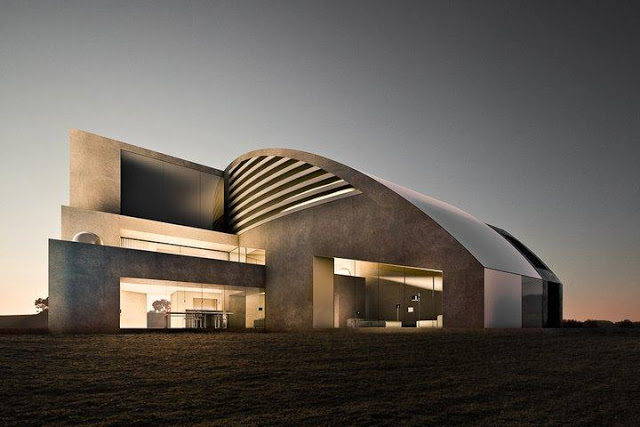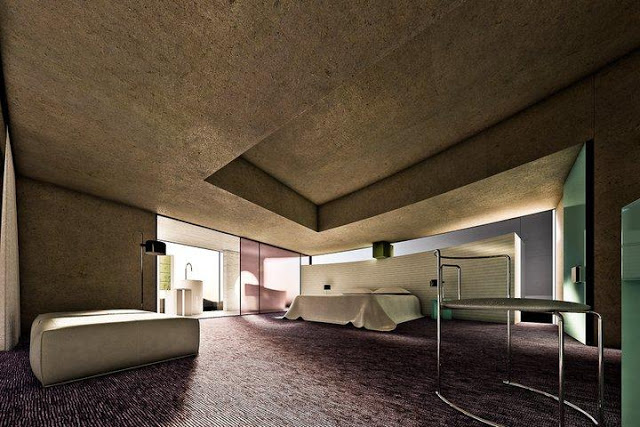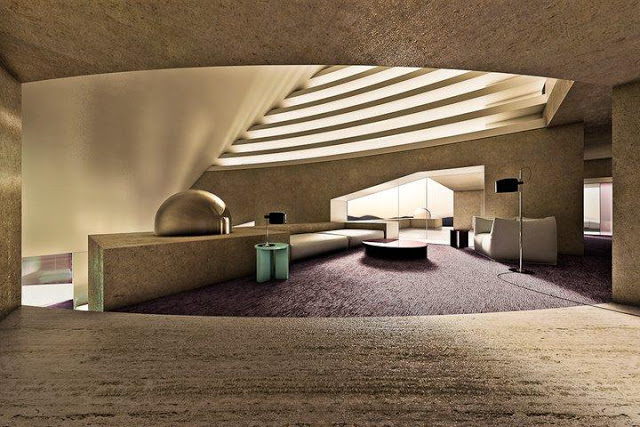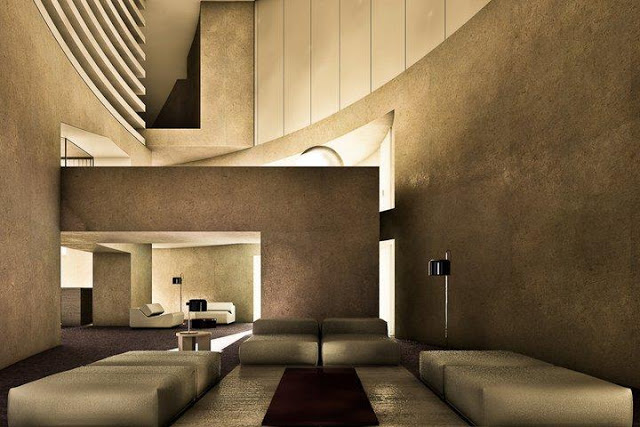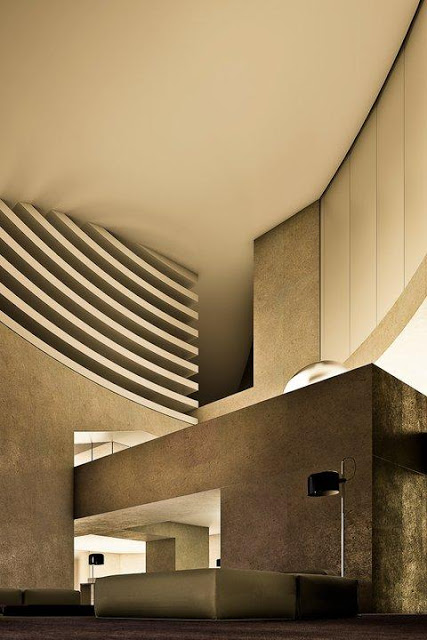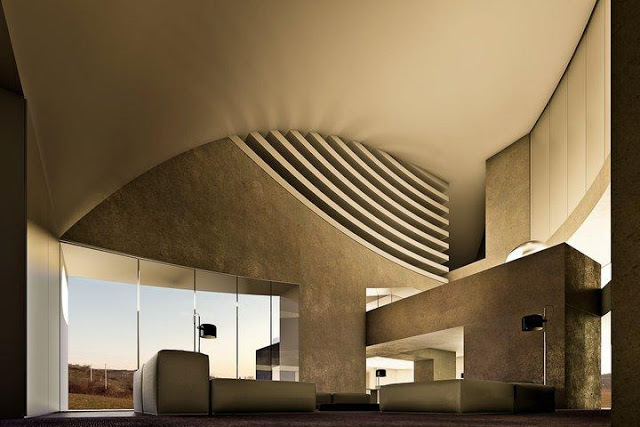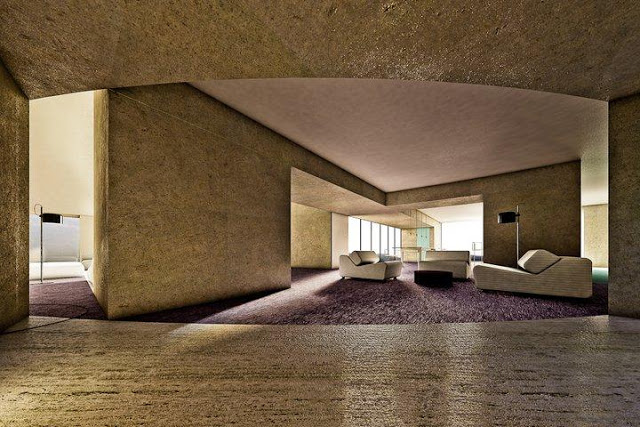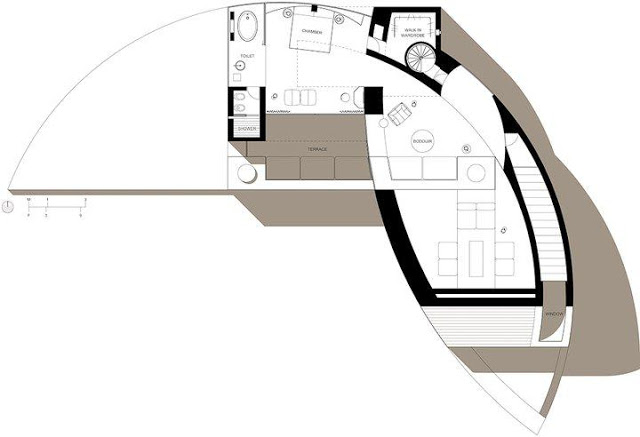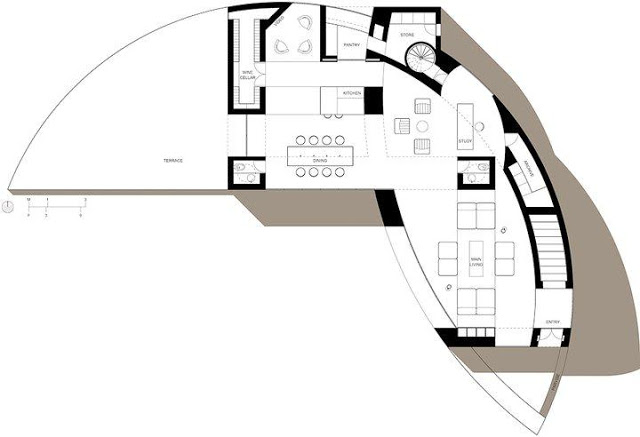source http://blog.2modern.com
 |
 |
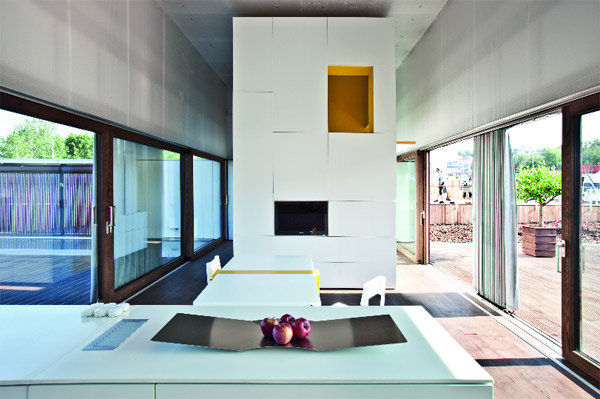 |
 |
Aw man we’re absolutely loving the book “Nano House: Innovations for Small Dwellings.” It’s exactly the sort of thing we need right now, considering that space is at a premium nearly everywhere and there’s a strong need for keeping our footprint on the planet as light as possible. Featuring forty examples of small, brilliant, future-minded and eco-responsible homes (with less than 650 square feet of living space each), this book offers not only the most exciting ideas for houses we’ve seen in a while, but also the most up-to-date solutions for those whose space is at a premium, or when the landscape must be left as undisturbed as possible and more.
The photos in here are literally stunning. Even if you don’t plan on going this out of your way for the environment yet, you’ll still find a ton of space-saving and maximizing ideas for your own home. And the photos are just inspiring to look at in themselves. We like how the book is divided into sections: built compact houses, small and mobile, micro-retreats, big ideas for low energy and big ideas multiplied. Written by Phillis Richardson and published by Thames & Hudson, this title will be available October 17th, 2011 and will retail at $29.95 for a hardcover book full of color photos and smart words. More here!


